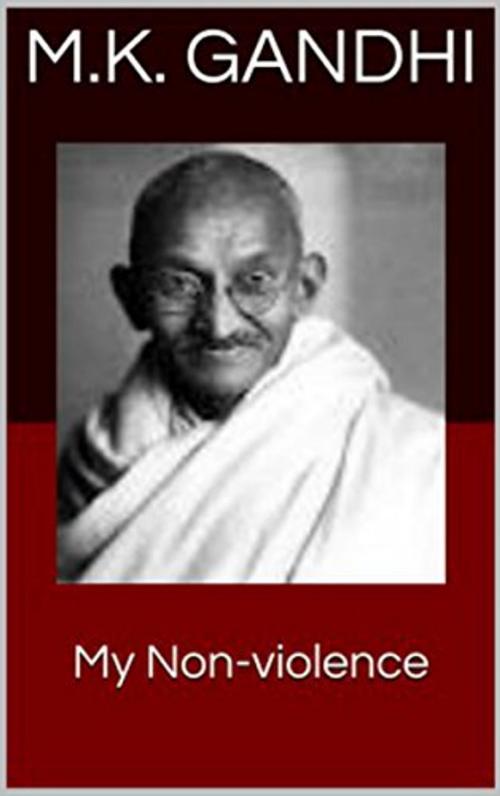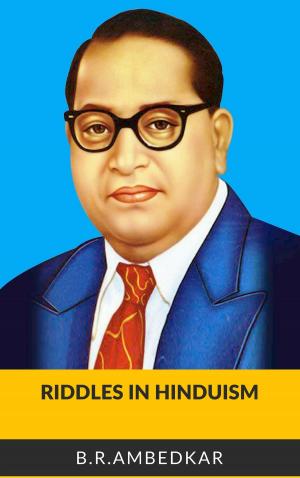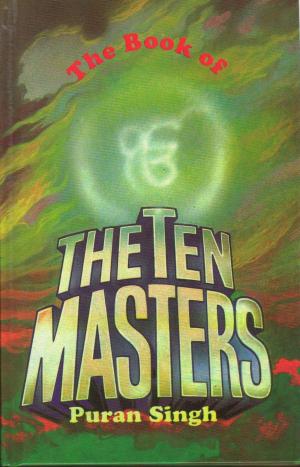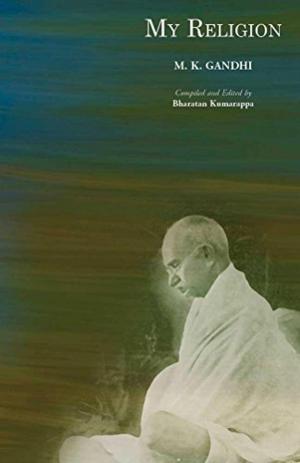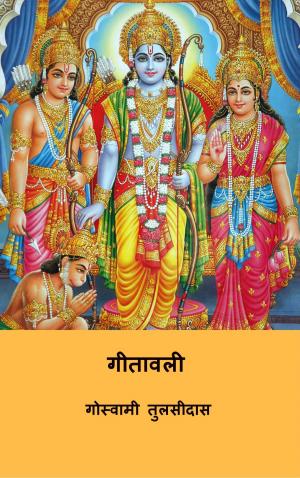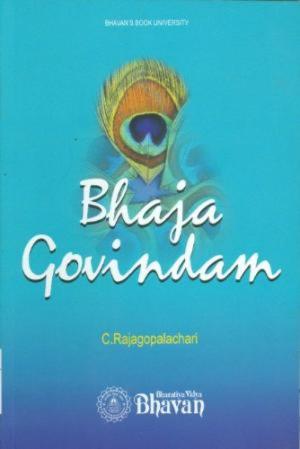| Author: | M.K.Gandhi | ISBN: | 1230001654929 |
| Publisher: | Kar Publishing | Publication: | April 24, 2017 |
| Imprint: | Language: | English |
| Author: | M.K.Gandhi |
| ISBN: | 1230001654929 |
| Publisher: | Kar Publishing |
| Publication: | April 24, 2017 |
| Imprint: | |
| Language: | English |
My Non-violence by M.K.Gandhi
Pages - 408
Truth and non-violence are the twin pillars on which rested the entire framework of the magnificent edifice of Mahatma Gandhi's glorious life and work, which, according to the eminent scientist Einstein, was so spectacular that "generations to come, it may be, will scarce believe that such a one as this ever in flesh and blood walked upon this earth." To the Mahatma, of course, truth and non-violence were the two sides of the same coin. Hence one can understand the importance of non-violence in the working of Mahatma Gandhi's Weltanschauung or the philosophy of life.
Propagation of non-violence was no novel or unprecedented act of the Mahatma. As he himself has rightly said, "I have nothing new to teach the world. Truth and non-violence are as old as the hills. All I have done is to try experiments in both on as vast a scale as I could." Verily, Gandhiji was pioneer in the field of applying the talisman of Ahimsa or non-violence, which until then was accepted by saints as a means to attain individual Moksha or salvation from this material world, for the solution of day-to-day problems of the common man. To him life was an undivided whole and it could not be partitioned into water-tight compartments. Therefore, a true revolutionary as he was, he made it a mission of his life to see that the age-old dictum of non-violence gets its rightful place in the community of the future and all the relations and activities of the society are carried on on the basis of this universal doctrine.
To tell the truth, non-violence today has become a more pressing cry of the entire humanity than in any particular phase of the human history. The tremendous advent in the sphere of physical science has created such lethal weapons, before which the extinction of the human civilization, nay, even the species itself is a matter of a few seconds. In the ancient times when science and technology were in their infant stage, men could afford to be violent. But in the mid-twentieth century, when the world has been divided into two warring camps, armed to teeth with the latest models of armaments of total annihilation, the very urge of self-preservation has made it imperative on our part to embrace non-violence. Acharya Vinoba Bhave, the well-reputed protagonist of non-violence in modern India, has rightly remarked that this is an age when we must have to make proper synthesis of Vijnana and Atmajnana, i.e. science and self-knowledge. Not only Gandhians like Vinoba but so many others from all over the world have echoed the same voice and have said that without the guidance of the Spirit the present civilization is like a ship without a rudder. And what is the guidance of Spirit if it is not non-violence, i.e. pure love?
In trying to understand Gandhiji and his non-violence we should not overlook one important aspect of the truth. Gandhiji was no philosopher in the dogmatic sense of the term. He did not cut himself adrift from the daily problems and struggles of the mankind and take refuge in a solitary physical and mental corner to formulate his philosophy of non-violence. His was the unique technique of taking active role in the process of the solution of the everyday problems of the downtrodden and in this process he evolved, like a lotus that blooms petal after petal, his non-violence. Hence in the restricted sense of the term, his was a realistic philosophy and that is why he was not tired of calling himself a practical idealist. Whatever he has uttered in this respect war first experimentally proved by him and therefore it is a negation of truth if one says that the teachings of Gandhiji are meant for the Mahatmas alone and not for the man on the street. To such critics the entire life and work of Gandhiji are glaring testimonies.
My Non-violence by M.K.Gandhi
Pages - 408
Truth and non-violence are the twin pillars on which rested the entire framework of the magnificent edifice of Mahatma Gandhi's glorious life and work, which, according to the eminent scientist Einstein, was so spectacular that "generations to come, it may be, will scarce believe that such a one as this ever in flesh and blood walked upon this earth." To the Mahatma, of course, truth and non-violence were the two sides of the same coin. Hence one can understand the importance of non-violence in the working of Mahatma Gandhi's Weltanschauung or the philosophy of life.
Propagation of non-violence was no novel or unprecedented act of the Mahatma. As he himself has rightly said, "I have nothing new to teach the world. Truth and non-violence are as old as the hills. All I have done is to try experiments in both on as vast a scale as I could." Verily, Gandhiji was pioneer in the field of applying the talisman of Ahimsa or non-violence, which until then was accepted by saints as a means to attain individual Moksha or salvation from this material world, for the solution of day-to-day problems of the common man. To him life was an undivided whole and it could not be partitioned into water-tight compartments. Therefore, a true revolutionary as he was, he made it a mission of his life to see that the age-old dictum of non-violence gets its rightful place in the community of the future and all the relations and activities of the society are carried on on the basis of this universal doctrine.
To tell the truth, non-violence today has become a more pressing cry of the entire humanity than in any particular phase of the human history. The tremendous advent in the sphere of physical science has created such lethal weapons, before which the extinction of the human civilization, nay, even the species itself is a matter of a few seconds. In the ancient times when science and technology were in their infant stage, men could afford to be violent. But in the mid-twentieth century, when the world has been divided into two warring camps, armed to teeth with the latest models of armaments of total annihilation, the very urge of self-preservation has made it imperative on our part to embrace non-violence. Acharya Vinoba Bhave, the well-reputed protagonist of non-violence in modern India, has rightly remarked that this is an age when we must have to make proper synthesis of Vijnana and Atmajnana, i.e. science and self-knowledge. Not only Gandhians like Vinoba but so many others from all over the world have echoed the same voice and have said that without the guidance of the Spirit the present civilization is like a ship without a rudder. And what is the guidance of Spirit if it is not non-violence, i.e. pure love?
In trying to understand Gandhiji and his non-violence we should not overlook one important aspect of the truth. Gandhiji was no philosopher in the dogmatic sense of the term. He did not cut himself adrift from the daily problems and struggles of the mankind and take refuge in a solitary physical and mental corner to formulate his philosophy of non-violence. His was the unique technique of taking active role in the process of the solution of the everyday problems of the downtrodden and in this process he evolved, like a lotus that blooms petal after petal, his non-violence. Hence in the restricted sense of the term, his was a realistic philosophy and that is why he was not tired of calling himself a practical idealist. Whatever he has uttered in this respect war first experimentally proved by him and therefore it is a negation of truth if one says that the teachings of Gandhiji are meant for the Mahatmas alone and not for the man on the street. To such critics the entire life and work of Gandhiji are glaring testimonies.
